Elevators are no longer confined to the insides of buildings. Outdoor lifts and elevators are revolutionizing accessibility and functionality in a variety of settings. Whether you’re looking to enhance your home’s accessibility or tackle challenging architectural barriers in public spaces, understanding outdoor lifts and elevators is crucial. This comprehensive guide dives deep into everything you need to know about these innovative solutions.
Different Types of Outdoor Lifts and Elevators
The world of outdoor lifts and elevators isn’t a one-size-fits-all solution. Here’s a breakdown of the most common types to help you find the perfect fit for your needs:
- Vertical Platform Lifts: These workhorses of accessibility provide a stable platform that rises vertically to overcome various heights. Perfect for porches, decks, and balconies, they come in various weight capacities and platform sizes.
- Inclined Platform Lifts: Ideal for conquering staircases, inclined platform lifts offer a smooth ride on an angled track. They can be customized for straight or curved staircases, ensuring a safe and comfortable ascent.
- Enclosed Wheelchair Lifts: For added protection from the elements, enclosed wheelchair lifts provide a secure cabin that travels vertically or along an incline. This option is particularly beneficial for users with limited mobility or those in harsh weather conditions.
- Outdoor Home Elevators: Designed for multi-story accessibility within a home, outdoor home elevators offer a familiar elevator experience. You can customize to match your home’s aesthetics and provide a seamless transition between floors.
Understanding the Advantages of Outdoor Lifts and Elevators

Beyond overcoming physical barriers, outdoor lifts and elevators offer a multitude of advantages:
- Enhanced Accessibility: They empower individuals with mobility limitations to access different levels in their homes or public spaces, fostering independence and participation.
- Increased Property Value: Outdoor lifts and elevators can significantly increase the value of your property by making it more accessible to a wider range of potential buyers or renters.
- Improved Safety: Stairlifts and vertical platform lifts eliminate the risk of falls on stairs, providing a safe and secure way to navigate different heights.
- Reduced Strain on Caregivers: For those caring for individuals with limited mobility, outdoor lifts and elevators significantly reduce the physical strain of assisting them with stairs.
Applications Beyond Residential Needs
While often associated with homes, outdoor lifts and elevators have diverse applications:
- Public Buildings: They ensure accessibility in public spaces like museums, libraries, and government buildings, adhering to ADA (Americans with Disabilities Act) regulations.
- Commercial Settings: Restaurants, retail stores, and office buildings can benefit from outdoor lifts to enhance accessibility for customers and employees.
- Industrial Sites: Vertical platform lifts can be used for maintenance and repairs in areas with challenging access points.
Key Considerations When Choosing an Outdoor Lift

Selecting the right outdoor lift or elevator requires careful consideration of several factors:
- Needs and Usage: Identify the primary users and the frequency of use. This will help determine the weight capacity, platform size, and type of lift (vertical, inclined, or enclosed) most suitable.
- Available Space: Measure the available space for installation, considering the footprint of the lift and the required clearances.
- Budget: Outdoor lifts and elevators vary in price depending on the type, features, and customization options. Set a realistic budget and explore financing options if needed.
- Climate and Weather Conditions: Choose a lift or elevator built to withstand the specific weather conditions in your area, considering factors like wind, rain, snow, and temperature extremes.
- Aesthetics and Design: For residential applications, consider how the lift will integrate with your home’s exterior design.
Installation and Maintenance
Professional installation by a qualified technician is crucial for the safe and reliable operation of your outdoor lift or elevator. Here’s what to expect:
- Site Assessment: A certified professional will assess your property to determine the best placement for the lift, considering clearances, electrical requirements, and potential foundation needs.
- Permitting Process: Depending on your location, permits might be required for installation. The installer can guide you through the necessary steps.
- Installation Process: The installation timeline varies based on the complexity of the lift or elevator chosen. However, qualified installers ensure a smooth and efficient process.
- Ongoing Maintenance: Regular maintenance is vital for optimal performance and safety. Most manufacturers offer maintenance plans or recommend service intervals.
Safety Features of Outdoor Elevators
- Weight Capacity Limits: Prevents overloading and ensures safe operation within the lift’s designated capacity.
- Interlocking Gates: Prevent accidental entry or exit while the lift is in motion.
- Slip-Resistant Surfaces: Platform and floor surfaces are designed to minimize the risk of slipping.
- Battery Backup Systems: Ensure continued operation in case of power outages.
- Safety Sensors: Prevent the lift from operating if there are obstructions in the path.
- Alarms and Warning Lights: Alert users and nearby individuals of potential issues.
Cost Considerations for Outdoor Lifts
The cost of an outdoor lift or elevator varies depending on several factors:
- Type of Lift: Vertical platform lifts are generally the most cost-effective option, while enclosed wheelchair lifts and outdoor home elevators tend to be more expensive.
- Features and Customization: Additional features like weatherproofing, automatic doors, and custom paint finishes can increase the price.
- Brand and Manufacturer: Different brands have varying pricing structures. Researching and comparing quotes from reputable dealers is crucial.
- Installation Complexity: Simple installations are less expensive compared to those requiring foundation work or complex electrical upgrades.
Here’s a ballpark range for different types of outdoor lifts and elevators:
- Vertical Platform Lifts: $3,000 – $20,000
- Inclined Platform Lifts: $5,000 – $30,000
- Enclosed Wheelchair Lifts: $10,000 – $40,000+
- Outdoor Home Elevators: $20,000 – $75,000+
Financial Assistance Options:
- Grants and Loans: Government programs and non-profit organizations might offer financial assistance for accessibility modifications.
- Tax Deductions: In some cases, the cost of installing an outdoor lift or elevator may be tax-deductible.
The Future of Outdoor Elevators
The future of outdoor lifts and elevators is brimming with exciting advancements:
- Smart Technology Integration: Integration with smart home systems for voice control and remote monitoring will enhance convenience and safety.
- Self-Diagnostics and Predictive Maintenance: Advanced sensors will enable lifts to identify potential issues before they become major problems, minimizing downtime.
- Improved Aesthetics and Design: Sleek and modern designs will seamlessly integrate with various architectural styles, enhancing the overall look of a property.
- Increased Affordability: As technology and manufacturing processes evolve, outdoor lifts and elevators are expected to become more Modern, making them accessible to a wider range of individuals and applications.
Conclusion
Outdoor lifts and elevators are more than just mobility solutions; they are gateways to independence and inclusion. By carefully considering your needs, budget, and space constraints, you can find the perfect outdoor lift or elevator to transform your life or enhance accessibility in a public space. With continuous advancements in technology and design, the future holds even greater possibilities for these innovative solutions, empowering everyone to conquer any elevation.
Frequently Asked Questions About Outdoor Lifts and Elevators
1. Are outdoor lifts weatherproof?
Most outdoor lifts and elevators are built to withstand various weather conditions. However, the level of weatherproofing can vary. Look for options with features like galvanized steel construction, powder-coated finishes, and sealed components for optimal durability.
2. How much maintenance do outdoor lifts require?
Regular maintenance is crucial for the safe and reliable operation of your outdoor lift or elevator. The specific maintenance schedule will depend on the type of lift and manufacturer’s recommendations. Generally, it involves inspections, lubrication, and minor adjustments at set intervals.
3. Do I need a permit to install an outdoor lift or elevator?
Permitting requirements vary depending on your location. Consult your local building department to determine if permits are necessary for your specific installation. The installer you choose can also guide you through the permitting process.
4. Can I install an outdoor lift myself?
Professional installation by a qualified technician is highly recommended. They have the expertise and experience to ensure a safe and proper installation that complies with building codes and safety regulations.
5. How long does it take to install an outdoor lift?
The installation timeline depends on the complexity of the chosen lift or elevator. Simpler vertical platform lifts can be installed in a day or two, while complex outdoor home elevators might take a week or longer.
6. What happens if there’s a power outage with an outdoor elevator?
Many outdoor lifts and elevators come equipped with battery backup systems that ensure continued operation in case of power outages. This allows users to safely exit the lift even during a power cut.
7. Are outdoor lifts noisy?
Modern outdoor lifts and elevators are designed to operate with minimal noise levels. However, some sound is inevitable. If noise is a major concern, discuss noise specifications with potential lift providers.
8. Can outdoor lifts be customized?
Customization options vary depending on the manufacturer and type of lift. Common customizations include platform size, weight capacity, color finishes, and the addition of features like automatic doors or weather enclosures.
9. Is financing available for outdoor elevators?
Some lift providers and manufacturers offer financing options to help make these solutions more accessible. Additionally, government programs and non-profit organizations might offer financial assistance for accessibility modifications.
10. Where can I find reputable dealers for outdoor elevators?
Manufacturer websites often have dealer locators. You can also search online directories or ask for recommendations from occupational therapists, mobility specialists, or disability advocacy organizations.








